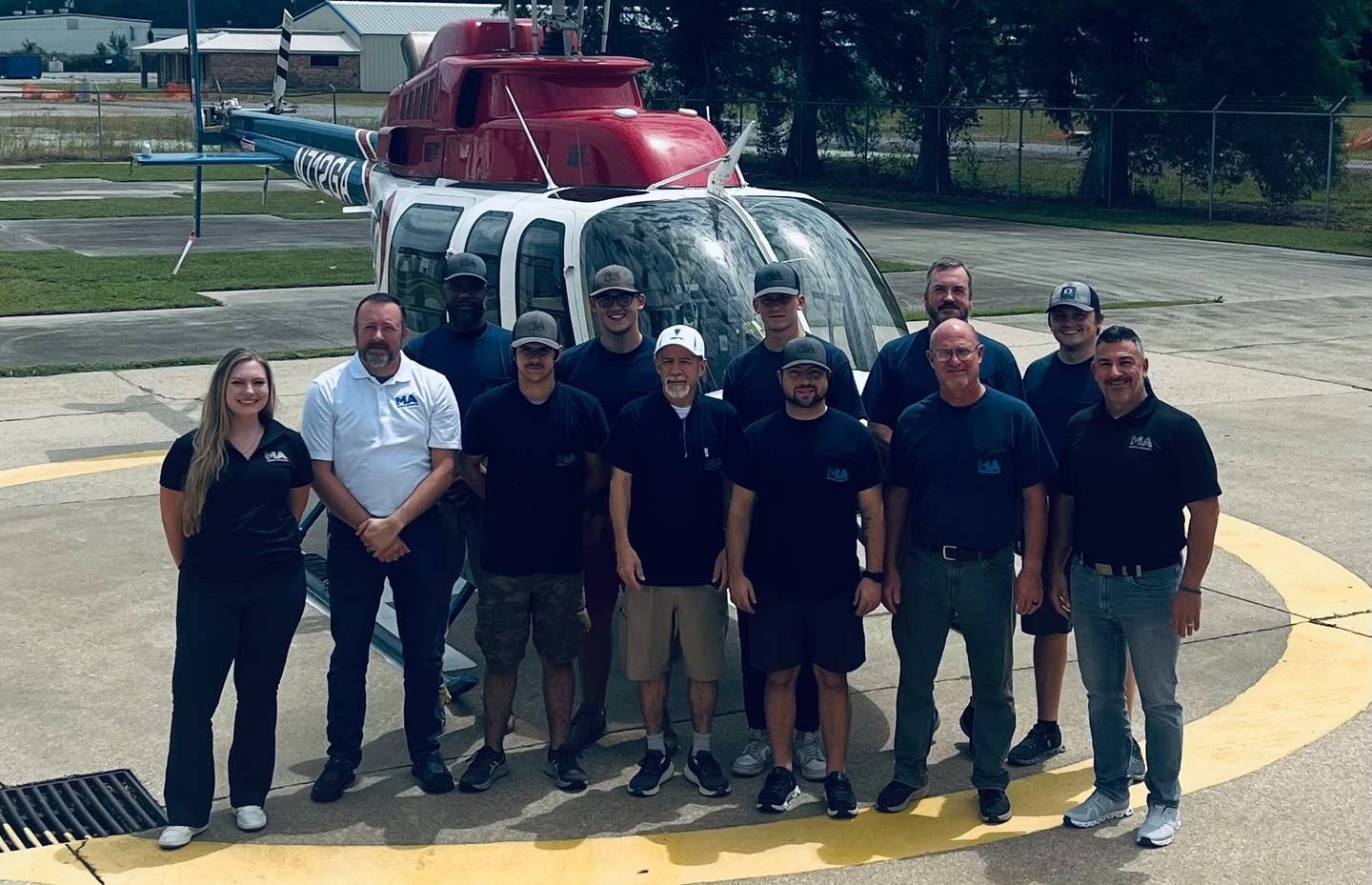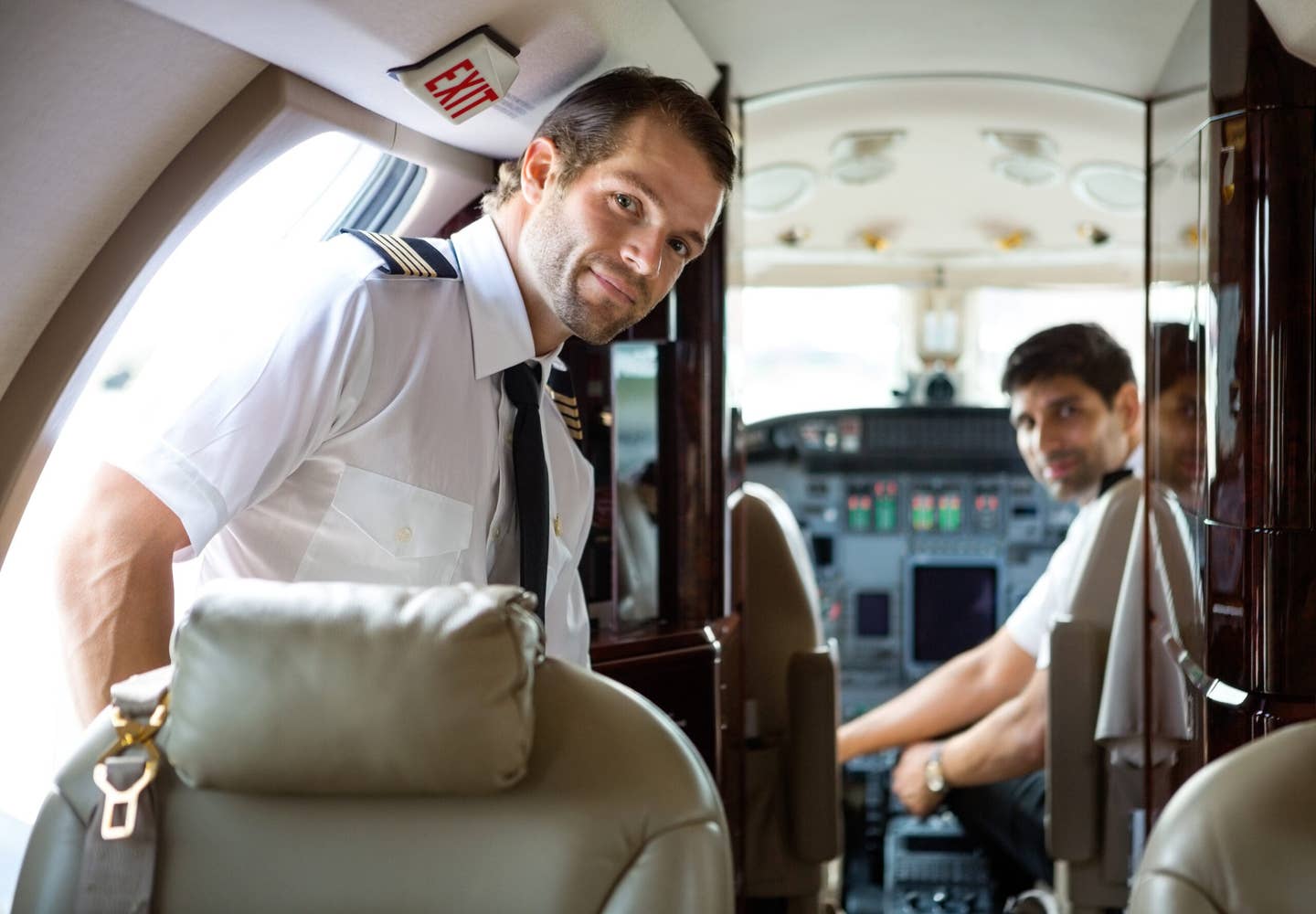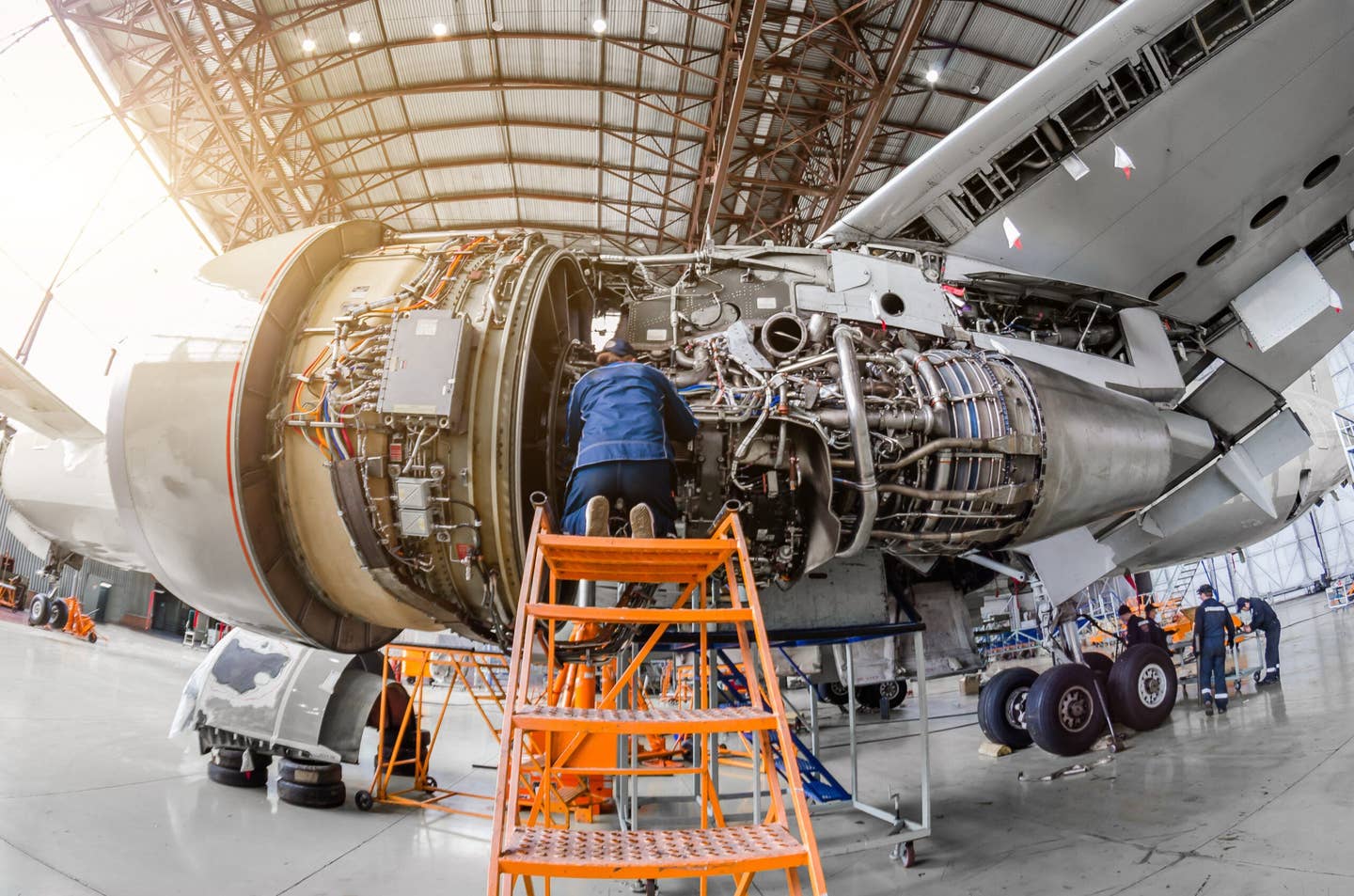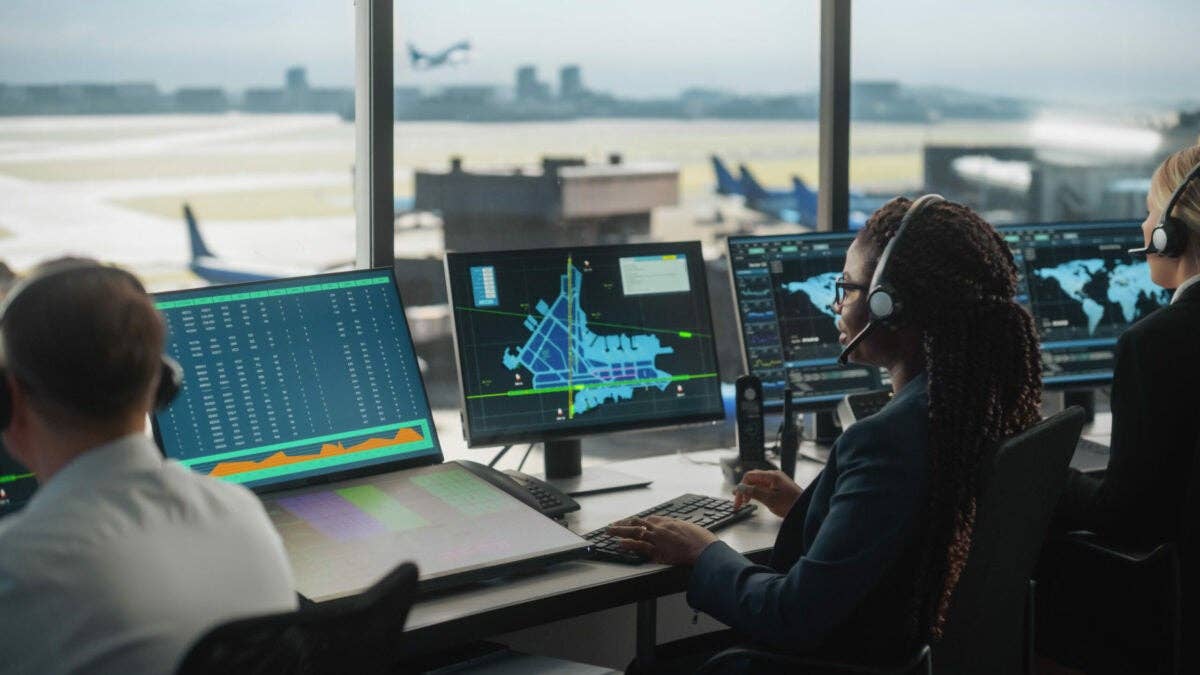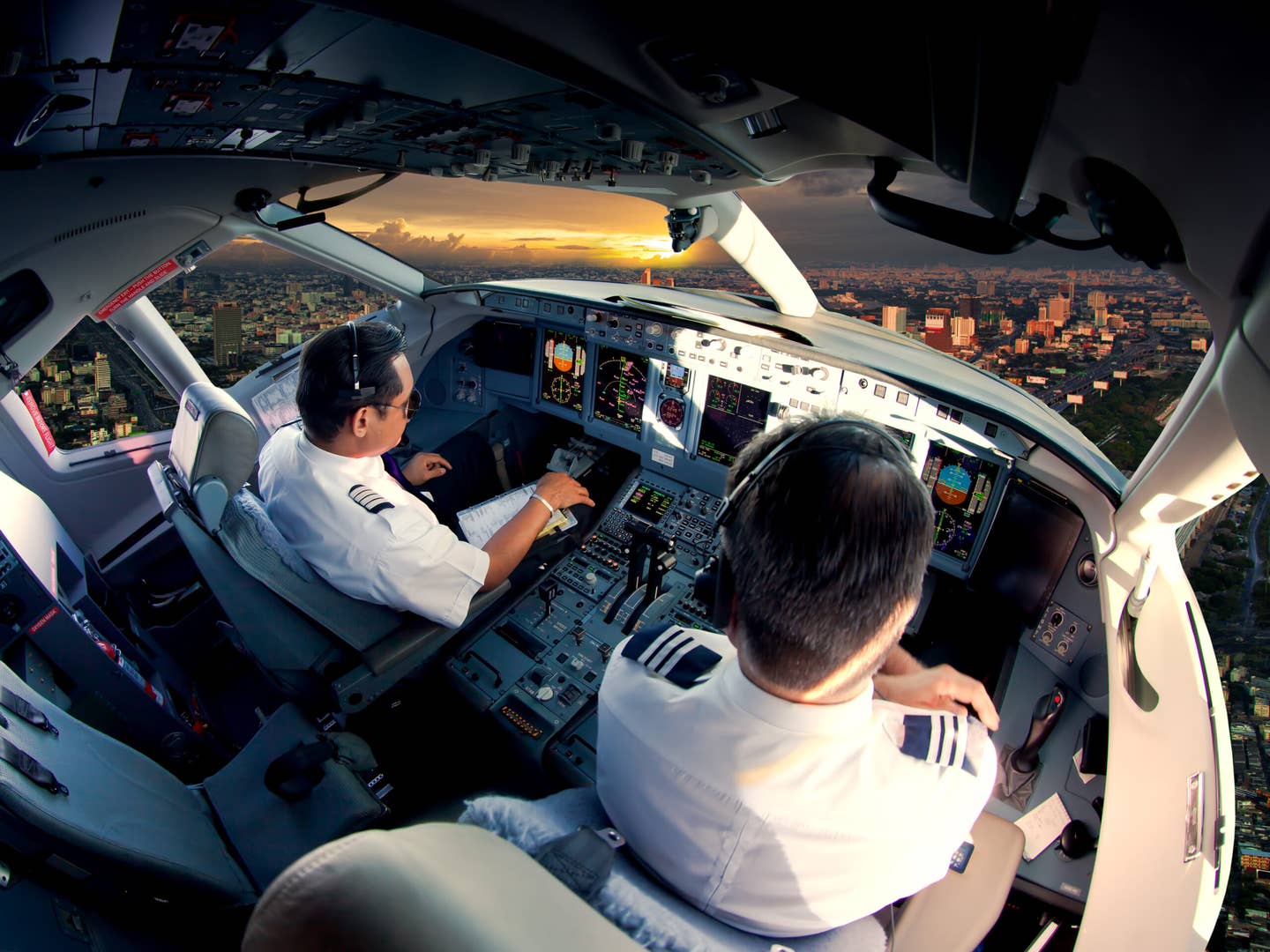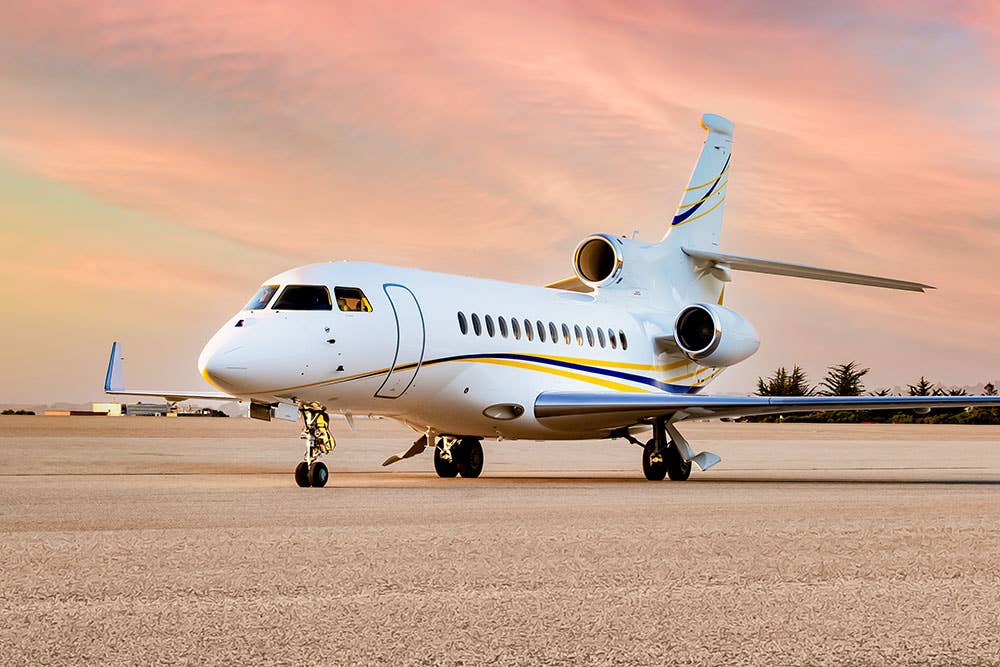
At 6 years old, Les Abend boarded a Lockheed Electra bound for New York City with my mother. The captain gave him this certificate, which entitled him to an interview 20 years from that date. He showed up 20 years later with the certificate in hand. Ultimately he was hired 18 months after the date on the certificate. Courtesy Les Abend
Even after almost 32 years with my airline, I am not one to reminisce. That being said, I sometimes reflect on life events by referencing my career at a particular snapshot in time. For instance, when I contemplate the age of the adviser that ably manages my finances, I realize he probably wet his first diaper around the time I walked in the door of my airline as an employee.
Typically, my colleagues on the 777 don’t reminisce either. We are a senior group both in age and time with the company and our early airline experiences are a distant memory. So when my copilots on two separate trips shared their hiring experiences, it was a refreshing reminder that the job is still a passion worth pursuing.
The first discussion began as a comparison between the fortitude required for traveling as an airline nonrevenue passenger versus the fortitude required for traveling SA (space available) with the military, relayed by our relief pilot, Ann. Both require nerves of steel.
An Air Force Academy graduate, Ann’s background includes time as a C-130 commander. Having enjoyed her company on a trip to Barcelona, it is obvious that, beyond her intelligence and aviation abilities, she possesses the personality traits to garner respect in a man’s world.
When one of our 777 check airmen offered to put his recommendation on her application, she didn’t hesitate to accept. But he had a stipulation: Before he endorsed her application, he wanted a demonstration of her flying skills. How? She had to find a way to our flight academy in Dallas and, while the pilots receiving recurrent training took a break, jump in the simulator. Easy.
Her best-laid SA plans almost went up in smoke — literally. En route, the cockpit of the C-5A she had hitched a ride on gave warning of a wheel-well fire. The crew diverted to Nashville, Tennessee. Having made a rental-car reservation in San Antonio, the original destination, Ann was left to her own devices and innovation. Not one to concede mission failure or miss an opportunity, she spent $1,200 on a ticket to San Antonio. Though tardier than planned, she arrived on time.
Promising “no tricks,” despite a surprise engine failure, the check airman conducted a compressed 10-minute check ride in the 777 simulator. A handshake and 15 years later, the rest is history. Ann never did speak with the check airman of her travel adventure. Why confuse the man with her perseverance?
On a subsequent flight to Barcelona, Cliff, the relief pilot, conveyed his hiring story. Like Ann, he also had a background in the Air Force. His qualifications got him hired with Northwest. Although he was relatively satisfied, his dream had always been employment with our airline.
When Cliff got the call from our pilot recruitment office, he had a dilemma: His training wasn’t quite finished with Northwest, so he decided to delay the interview until his 727 flight engineer initial operating experience flights were successfully completed.
Although he revealed his employment status to our recruitment office, he worried he could jeopardize his position with Northwest. The majority of us only get one opportunity because of the job’s competitive nature. Once we’re hired, our seniority number defines our career.
Cliff’s story has a relatively happy ending, even though he was furloughed three years later. Fortunately for him, he was able to wait out his time on active duty with the Air Force.
My regular copilot for the month, Bruce, fondly recalls his experience, conducted in those years by a board of mostly retired captains. It was part of the hiring process that many of us enjoyed because of the human element. HR personnel have their place, but pilots understand pilots.
Bruce remembers his interview as more of a chat than an inquisition. After the board of captains browsed his logbook, they talked about his mission destinations in the Air Force. It was a relaxed conversation. That being said, I suggested that the conversation was probably a cleverly disguised interview. Regardless, Bruce passed the test.
As for my own hiring experience, it was simple. At 6 years old, I boarded a Lockheed Electra bound for New York City with my mother. After a visit to the cockpit, I was presented with a certificate signed by the captain that entitled me to an interview 20 years from that date. Despite the fact that over 500 pilots were on furlough, I showed up 20 years later with my certificate in hand.
Unfortunately, my interview was conducted only as a courtesy. After employment with two commuter airlines, a freight operator and a now defunct airline in Alaska, I got my real interview. I successfully completed all three phases of the hiring process and was hired only 18 months after the certificate date.
In the “it’s a small world” category, one of the retired captains that conducted my interview asked, “Where did you get this certificate?” After I provided my best recollection of the event, he told me the signature belonged to a retired friend. I could only grin in stunned silence. With almost 15,000 pilots on our seniority list, it is fascinating to consider that there are probably about 15,000 hiring experiences. Perhaps I should consider resurrecting this topic of discussion just for old times’ sake.
Although I have to say, I don’t think I’m quite ready to make reminiscing a frequent part of my conversation. But I’m sure the day will come. I don’t envy my wife.

Subscribe to Our Newsletter
Get the latest FLYING stories delivered directly to your inbox

